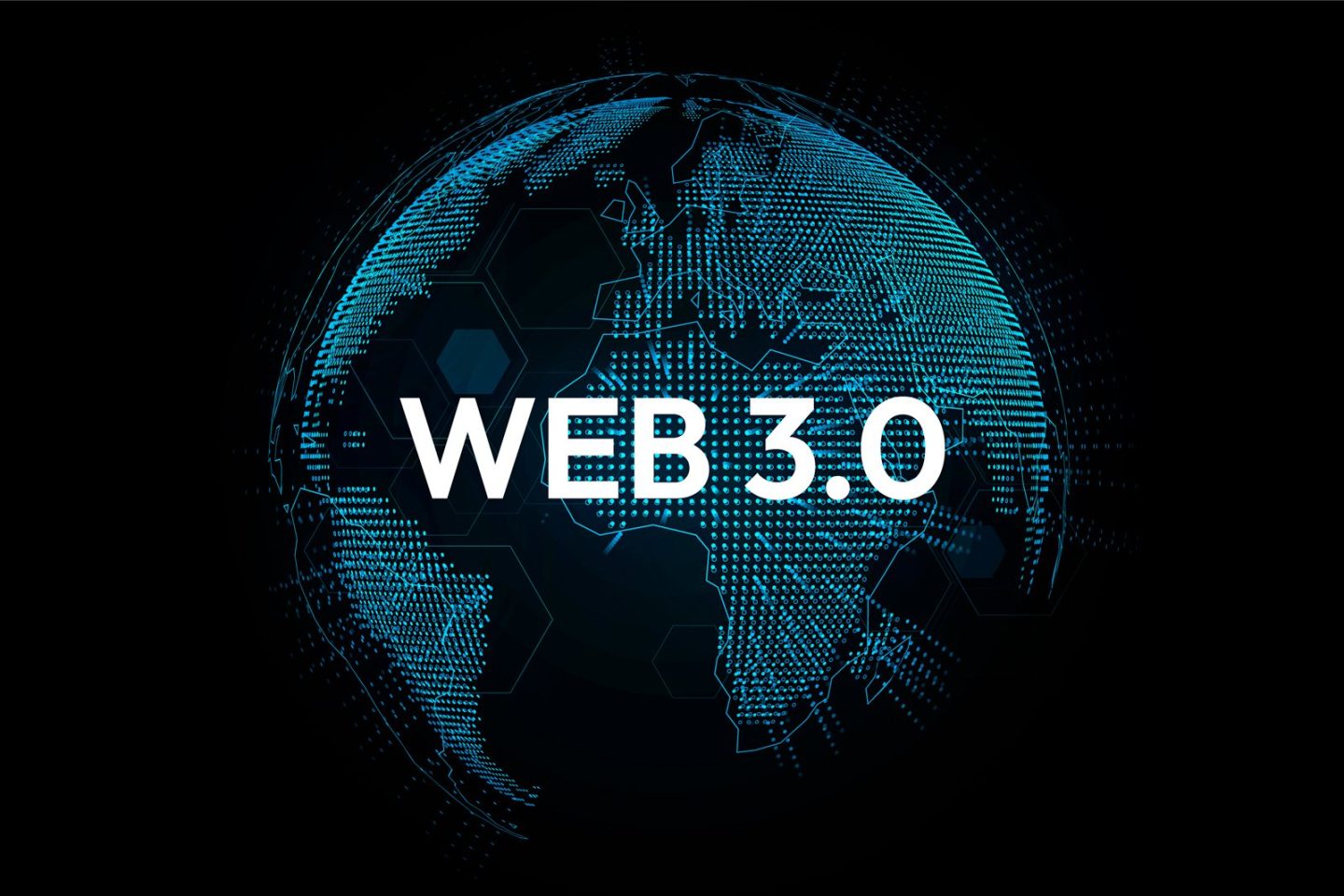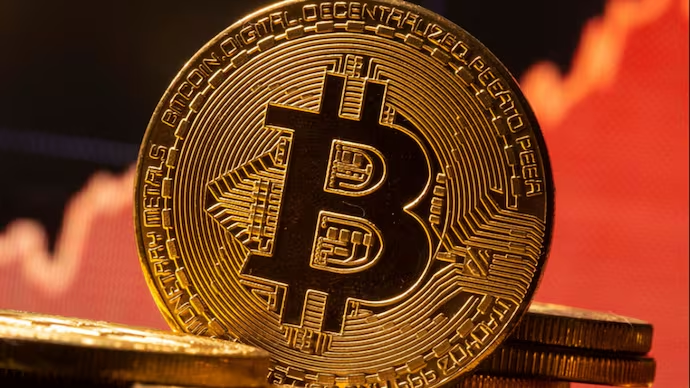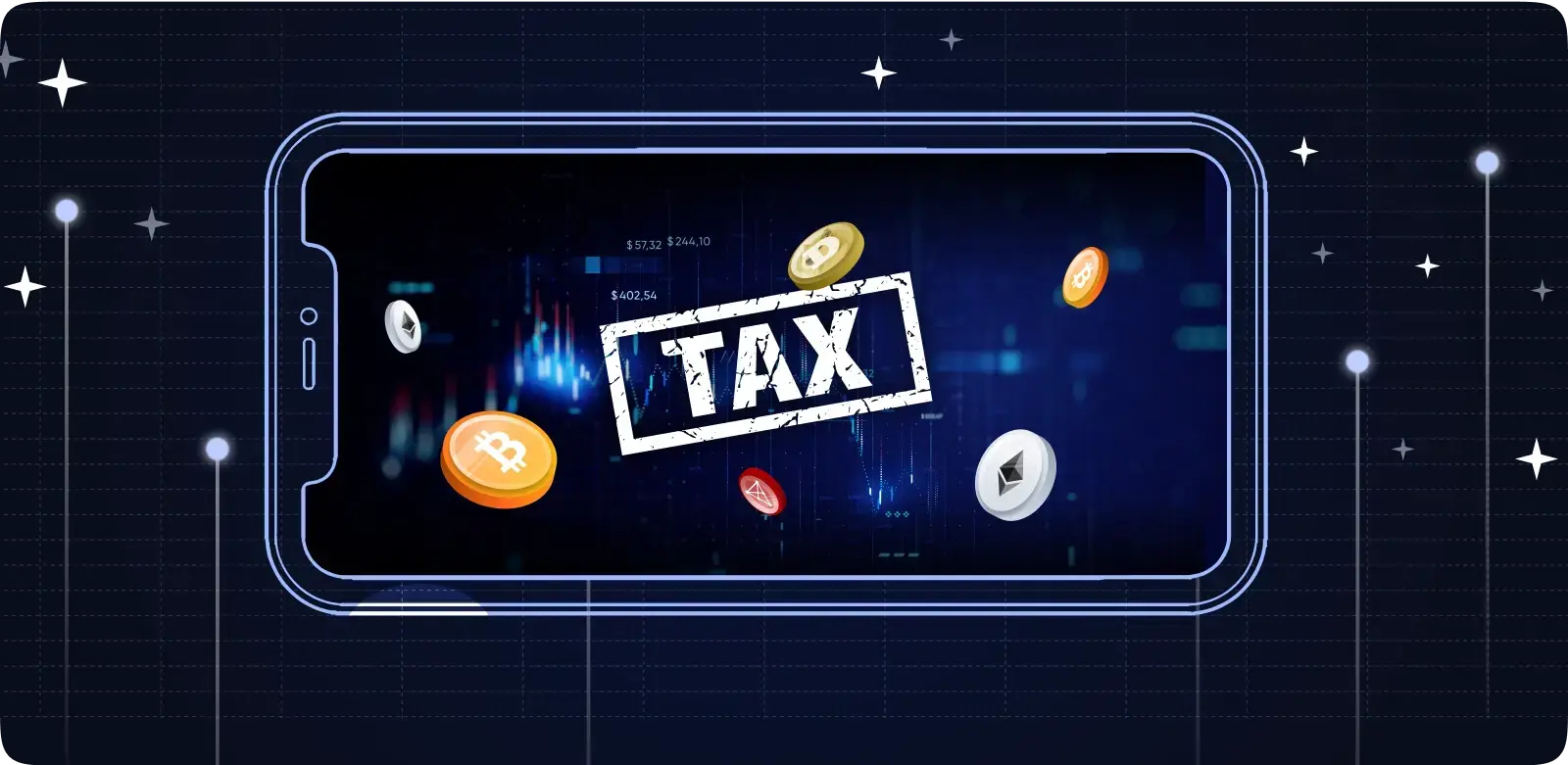Now Reading: From Hype to Utility: Web3 and DeFi Begin to Shape Smaller Indian Towns
-
01
From Hype to Utility: Web3 and DeFi Begin to Shape Smaller Indian Towns
From Hype to Utility: Web3 and DeFi Begin to Shape Smaller Indian Towns

Web3 and decentralized finance, once seen as futuristic buzzwords, are now making their way into India’s smaller towns. Beyond the hype of crypto trading, people in Tier 2 and Tier 3 cities are beginning to explore real uses of blockchain technology. From digital payments to lending solutions, the shift signals how the next phase of internet innovation could touch lives outside metropolitan centers.
Moving Beyond Speculation
For years, crypto in India was mostly linked to trading and quick profits. But now, the focus is slowly turning towards real-world applications. Web3 platforms are building decentralized tools that cut out middlemen, while DeFi services offer lending, borrowing, and saving options without traditional banks. These changes are especially meaningful for people in smaller towns who often face limited access to formal financial systems.
Why Smaller Cities Are Getting Involved
The spread of affordable smartphones and widespread use of UPI has created a foundation for digital adoption. Young professionals, students, and small entrepreneurs in cities like Nashik, Nagpur, Surat, and Jaipur are experimenting with Web3 platforms. For many, DeFi feels like a chance to access credit, earn returns on savings, or use blockchain-based apps that provide transparency and control.
Early Use Cases Emerging
Some small businesses are trying blockchain-based payment systems to avoid delays and reduce costs. Creators are exploring NFTs and decentralized apps to monetize content without relying on big platforms. DeFi lending pools are giving micro-investors ways to earn modest returns. While adoption is still limited, these examples show that Web3 is gradually shifting from being just a concept to something people can actually use.
Challenges on the Ground
Awareness and education remain the biggest hurdles. Many first-time users struggle to understand concepts like wallets, private keys, or gas fees. Security risks and scams also discourage wider participation. Without clear regulations, both investors and businesses remain cautious. For Web3 and DeFi to grow sustainably, platforms need to build trust and provide simple, user-friendly solutions tailored for non-metro audiences.
The Road Ahead
Web3 and DeFi have the potential to change how people in smaller towns manage money, trade, and even create content. But this transition will take time and depends heavily on awareness, safety, and supportive regulations. If these gaps are addressed, the impact could be far-reaching—bringing financial opportunities and digital empowerment to places long overlooked by traditional systems. What was once only hype may soon become everyday utility in India’s heartland.

























